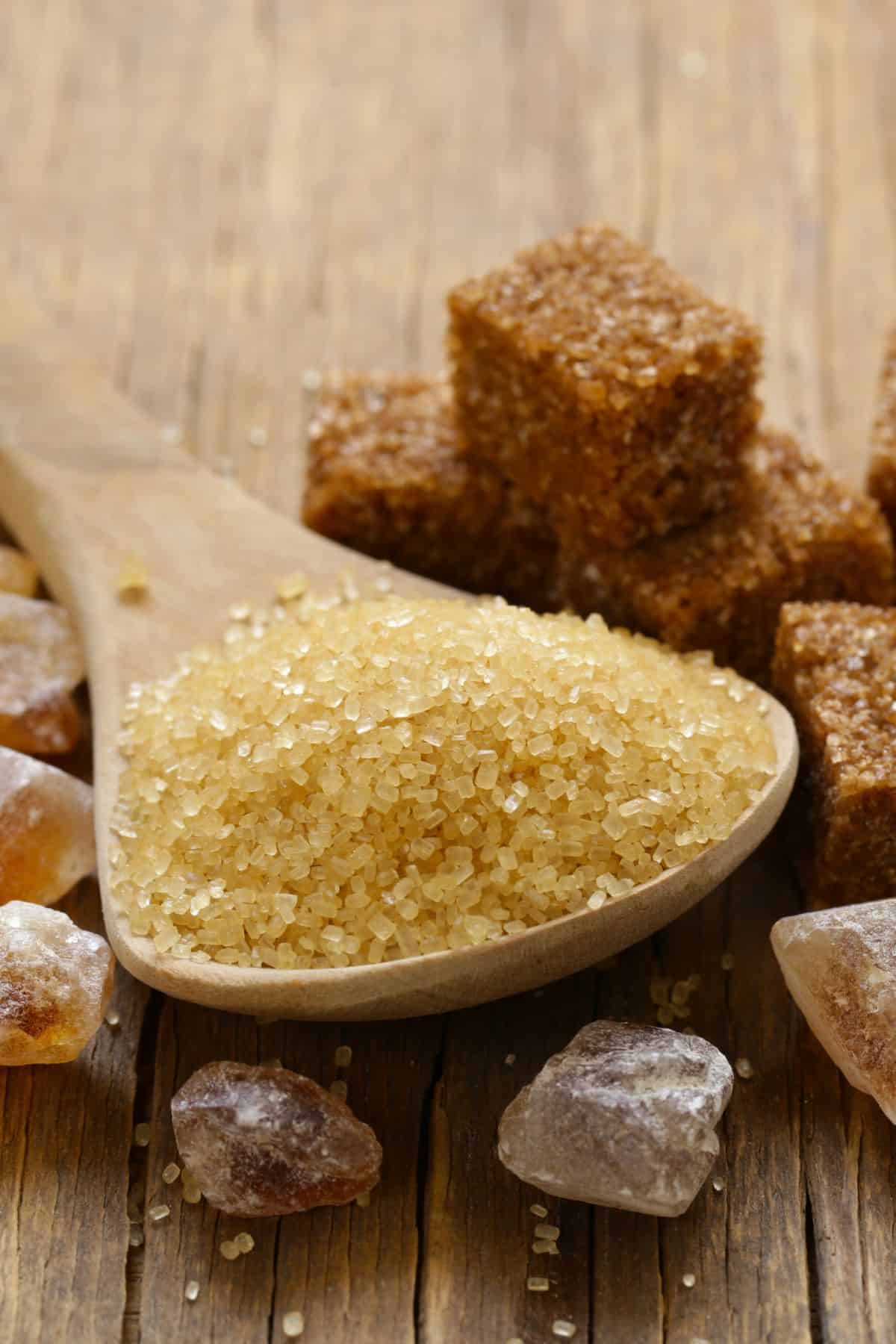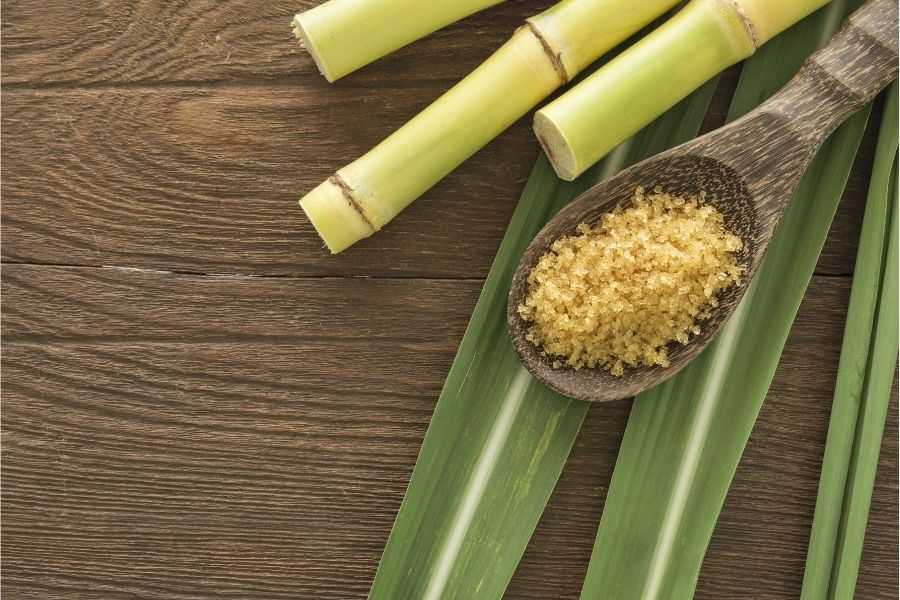Recognizing the Essential Methods and Technologies Utilized in Modern Walking Cane Sugar Processing
The advancement of walking cane sugar handling has been considerably shaped by the combination of innovative strategies and technologies that address both efficiency and sustainability. As we explore these crucial advancements, it ends up being important to check out just how they not just improve production but additionally align with wider market patterns and consumer demands, increasing concerns regarding the future of sugar processing and its implications for global markets.
Historic Context of Cane Sugar Handling
The historical context of cane sugar handling reveals a rich tapestry of farming technology and cultural exchange that has shaped its growth over centuries. The procedure of drawing out and refining sugar gained momentum in India, where techniques for crystallization were improved around the Sixth century.

Advanced Removal Methods
Effectiveness in walking stick sugar extraction has seen considerable advancements, driven by the requirement for higher returns and lower production costs. Traditional techniques have evolved, paving the way to ingenious technologies that boost the efficiency of the removal procedure. One significant advancement is the usage of enzyme-assisted removal, where specific enzymes damage down cell walls and release even more sucrose from the cane fibers. This method not just enhances sugar return yet also minimizes the energy required for handling.
Furthermore, the fostering of membrane layer filtering modern technologies, such as nanofiltration and reverse osmosis, has actually transformed the separation of sugar from impurities. These methods enable for the discerning permeation of sugar molecules while retaining larger impurities, simplifying the extraction process and decreasing waste.
Additionally, the combination of continuous removal systems has actually resulted in enhanced functional performance. Cane Sugar Processing. These systems preserve a constant flow of cane product, making certain optimal removal conditions and decreasing downtime connected with set handling
Cutting-edge Refining Technologies
Refining methods in walking stick sugar handling have gone through a transformative change, driven by the need for higher pureness and improved product high quality. One of one of the most remarkable technologies is the adoption of membrane layer purification technologies, such as ultrafiltration and nanofiltration. These processes effectively remove impurities and colorants without the requirement for extensive chemical treatments, thus maintaining the sugar's all-natural taste and boosting its appeal.
Another significant innovation is using ion exchange materials, which enable discerning removal of Our site unwanted ions from sugar services. This technology not just boosts the total purity of the end product but additionally adds to decreased waste and environmental influence.
Additionally, developments in adsorption techniques, making use of triggered carbon and various other innovative products, have confirmed reliable in decolorizing sugar solutions while maintaining ideal high quality. The combination of these cutting-edge refining innovations makes certain that suppliers can generate refined sugar with superior clearness and preference, fulfilling the progressing preferences of consumers.
Automation and Control Equipment
Recent developments in refining modern technologies have led the way for considerable renovations in automation and control systems within cane sugar processing facilities. These systems use advanced software application and equipment to enhance operational efficiency, decrease human error, and ensure regular item top quality.
Modern automation incorporates numerous elements, consisting of sensors, actuators, and programmable reasoning controllers (PLCs), allowing real-time tracking and control of critical procedures. For example, pressure, temperature level, and flow prices can be exactly regulated during removal, explanation, and formation phases, maximizing performance and lessening waste.
Moreover, advanced information analytics and artificial intelligence formulas play a crucial function in predictive upkeep, enabling operators to expect devices failings prior to they occur. This positive method not just decreases downtime but additionally visit homepage prolongs the life expectancy of machinery.
Additionally, automation facilitates the implementation of Sector 4.0 concepts, encouraging sugar mills to achieve higher connection and information exchange throughout processes. Because of this, decision-making becomes even more informed and nimble, inevitably improving the total competition of walking cane sugar production. With these advancements, the sector is well-positioned to meet growing global needs while maintaining functional quality.
Sustainability Practices in Sugar Production
Sustainability methods in sugar production have come to be significantly essential as the sector looks for to stabilize financial feasibility with ecological responsibility. As consumer understanding expands concerning the environmental impacts of agricultural techniques, sugar producers are taking on innovative techniques to minimize their eco-friendly impact.
One considerable strategy is the implementation of accuracy agriculture methods, which use information analytics to enhance source use, such as water and fertilizers. This minimizes waste and minimizes the see here now effect on regional ecosystems. In addition, numerous manufacturers are transitioning to renewable resource resources, such as biomass from sugarcane byproducts, to power their operations, thereby lowering reliance on fossil gas.
Water administration practices are also vital; rainwater harvesting and efficient watering systems assist minimize water deficiency concerns. Cane Sugar Processing. Additionally, incorporated insect management methods minimize chemical use, promoting biodiversity and dirt health
Company social obligation campaigns are emerging, with companies purchasing local areas and ensuring fair labor techniques. By welcoming these sustainability methods, the sugar market not only enhances its reputation yet also adds to a more sustainable agricultural landscape, leading the way for future generations.

Final Thought
In summary, modern cane sugar processing integrates a range of sophisticated techniques and modern technologies that dramatically boost effectiveness, sustainability, and yield. Collectively, these innovations position the cane sugar industry to satisfy contemporary demands while dealing with crucial worldwide challenges.
The development of walking stick sugar handling has actually been dramatically shaped by the assimilation of advanced methods and innovations that attend to both performance and sustainability.The historic context of cane sugar handling exposes a rich tapestry of farming advancement and social exchange that has actually formed its growth over centuries. Technologies in milling and refining emerged, laying the groundwork for modern walking stick sugar processing.Refining techniques in walking cane sugar processing have actually undergone a transformative shift, driven by the demand for greater pureness and improved product top quality.In recap, modern-day cane sugar handling includes an array of advanced techniques and modern technologies that significantly improve efficiency, sustainability, and return.